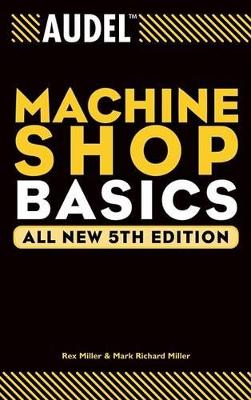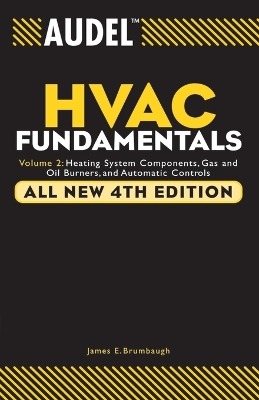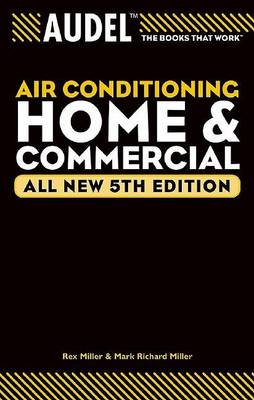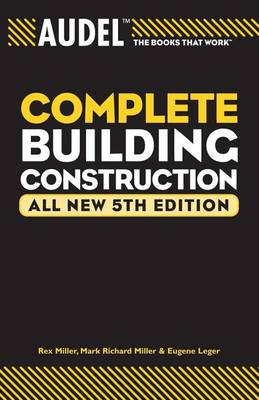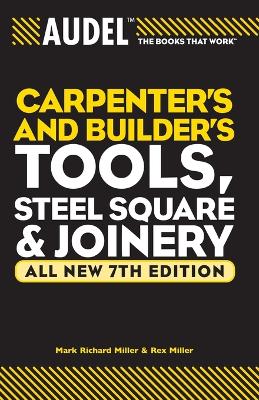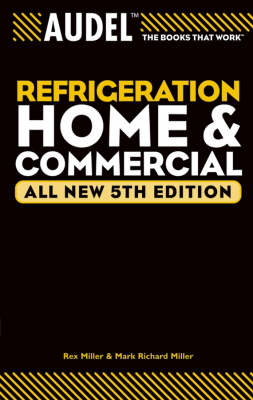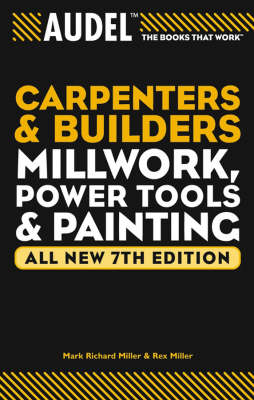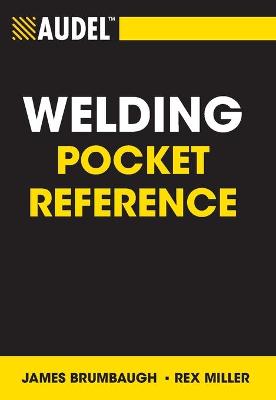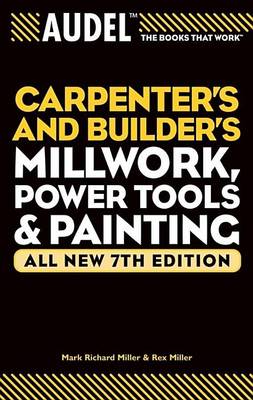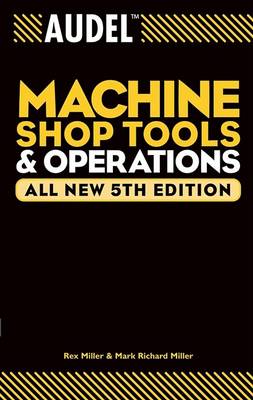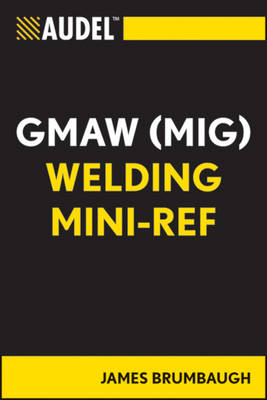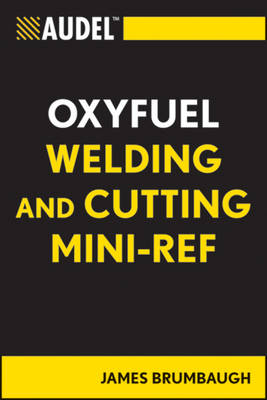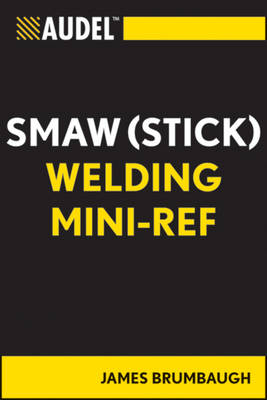Audel Technical Trades
19 primary works
Book 5
If you need information about installing, repairing, and maintaining any type of electric motor, this book belongs in your toolbox. Completely revised and illustrated, it covers principles of motor function, choosing and replacing motors, identifying and repairing common problems, performing routine maintenance, and more, all without excessive math. It's the guide your father relied on, now fully updated for the twenty-first century.
* Understand both AC and DC motor function and operation
* Repair small series motors and troubleshoot special types of motors
* Compare methods of motor control, including various switches, starters, and timing relays
* Troubleshoot fractional horsepower motors, including split-phase induction, capacitor start, repulsion, shaded-pole, hysteresis synchronous, and universal motors
* Learn the best procedures for stripping and rewinding armatures and stators
* Modify AC motors for speed control
* Discover which tools and supplies you'll always need
Book 8
Here, fully updated to include new machines and electronic/digital controls, is the ultimate guide to basic machine shop equipment and how to use it. Whether you're a professional machinist, an apprentice, a trade student, or a handy homeowner, this fully illustrated volume helps you define tools and use them properly and safely. It's packed with review questions for students, and loaded with answers you need on the job.
Mark Richard Miller is a Professor and Chairman of the Industrial Technology Department at Texas A&M University in Kingsville, Texas.
* Understand basic machine shop practice and safety measures
* Recognize the variations in similar tools and the purposes they serve
* Learn recommended methods of mounting work in different machines
* Obtain a complete working knowledge of numerically controlled machines and the operations they perform
* Review procedures for safe and efficient use of cutting tools and cutters
* Expand your knowledge with clear, step-by-step illustrations of proper equipment set-up and operation
Book 10
Audel Automated Machines and Toolmaking
by Rex Miller and Mark Richard Miller
Here, fully updated to include new machines and electronic and digital controls, is the ultimate guide to automated machines and toolmaking. Whether you're a professional machinist, an apprentice, or a trade student, this fully illustrated volume helps you work with metal-safely, precisely, efficiently-using today's tools and techniques. It's packed with review questions for students, and loaded with answers you need on the job.
* Understand automated machine fundamentals and work with jigs and fixtures
* Learn the basics of spiral and helix milling, gear cutting, and cam machining
* Discover how to cut, punch, or shape a die with minimum waste
* Master the operations of today's grinders and lapping machines
* Find out all about toolmaking, from allowances and tolerances to layouts and master plates
* Follow the clear, step-by-step illustrations to gain a hands-on knowledge of techniques and procedures
Book 17
Book 18
Book 20
Audel Air Conditioning Home and Commercial
by Rex Miller, Mark Richard Miller, and Edwin P. Anderson
Book 21
Audel Complete Building Construction
by Mark Richard Miller, Dr Rex Miller, and Eugene Leger
Book 22
Audel Carpenter's and Builder's Layout, Foundation, and Framing
by Mark Richard Miller and Dr Rex Miller
Book 23
Audel Carpenter's and Builder's Math, Plans, and Specifications
by Mark Richard Miller
Book 24
Audel Carpenter's and Builder's Tools, Steel Square, and Joinery
by Mark Richard Miller and Rex Miller
Book 25
Audel Refrigeration Home and Commercial
by Rex Miller, Mark Richard Miller, and Edwin P. Anderson
Book 27
Audel Carpenter's and Builder's Millwork, Power Tool, and Painting
by Mark Richard Miller and Rex Miller
Book 37
Book 38
When you need to check specs, confirm measurements, or make a quick metric conversion on the job, find the answers quickly and easily--right in your pocket.
Your one-stop reference for
* Conversion tables, electrical formulas, pipe thread standards, and motor ampere ratings
* Fuel cost comparisons
* Offset calculations and valve details
* Gas and oil burner specifications
* Pipe performance data
* Weather and design factors affecting heating/cooling calculations
* Troubleshooting guidelines
Book 42
Audel Carpenter's and Builder's Millwork, Power Tools, and Painting
by Mark Richard Miller and Dr Rex Miller
Book 43
Audel Machine Shop Tools and Operations
by Rex Miller and Mark Richard Miller
Book 59
Book 60
Book 61

